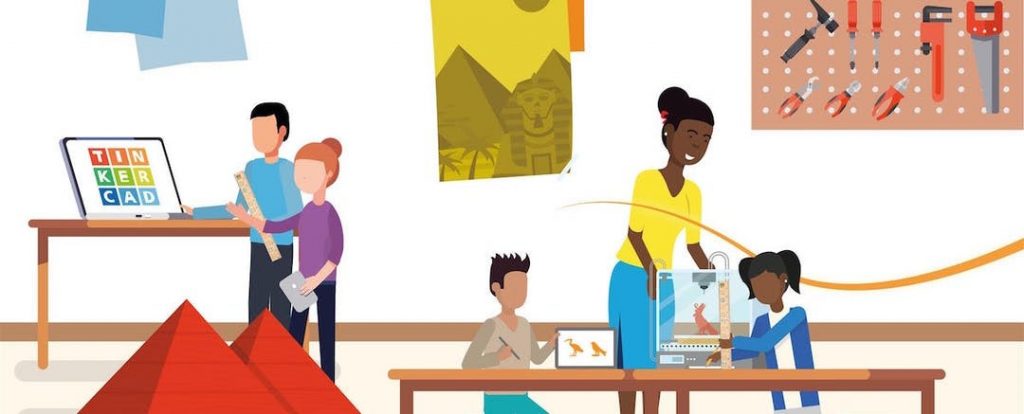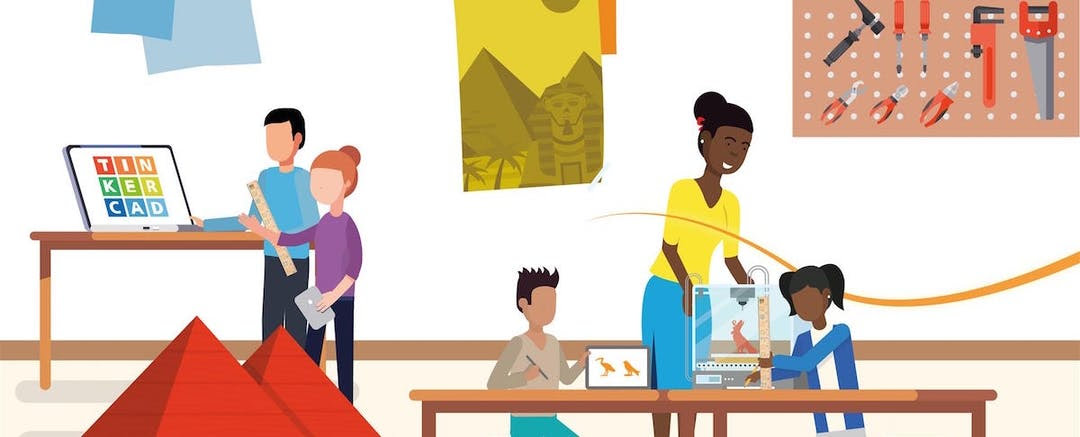
Most times, conventional education fails to provide students with hands-on learning experiences. But hands-on learning opportunities are crucial for human growth.
Keeping the Learning Standard
You remember those times that you will have to cram information just to pass an exam. In fact, you even forget what you learn hours after you’re done with the exam. This is one of the reasons why traditional learning is bad, it focuses on mere memorization. Students are given lots of words to put in their heads, but they are not taught how to practically use those words.
Hands-on learning is based on practice, students learn by what they practice and rehearse. Yet, parents are not aware of the benefits that are attached to the activities involved in hands-on learning experiences. Here are 5 benefits of hands-on learning:

1. Hands-On Learning Engages the Brain
The brain is divided into two hemispheres. The left hemisphere handles listening and analyzing phenomena. The right handles visual and spatial processes. Numerous kinds of learning focus on one hemisphere or the other. When listening to a lecture, students process the words that their teacher says. But they do little visual or spatial work, leaving the right side underdeveloped.
Hands-on learning involves all parts of the brain. Students receive instructions, and the teacher can provide a demonstration. They hear from their teacher, then they see what the teacher is doing. The students then practice. They analyze what their teacher did and place objects in space to replicate their teacher’s demonstration. The two hemispheres of the brain are constantly working.
2. Students Can Be Creative
Creativity has been identified as one of the top three skills in the workforce. Technology is becoming more advanced, creative people are needed to make use of the technology in innovative ways. Hands-on learning encourages creativity. Students complete projects according to a set of instructions.
Hands-on learning in English classes has students partaking in creative writing projects. Students learn how to come up with narratives and develop characters. They can create whatever stories they want, making use of a wide range of linguistic techniques.

3. Students Practice Teamwork
Hands-on learning is collaborative learning. Students complete certain tasks by themselves, namely homework. But they spend most of their time working with others.
In close settings, they can see how others solve problems. They can integrate those strategies into their lives.
If a group of students encounters a problem, they work it out themselves. They learn conflict resolution skills by practicing them. Teachers act as mentors, facilitating dialogue but not coordinating it.

4. Students Learn From Experiences
An experience they say is the best teacher. Children learn habits by doing what their parents do, they see their parents wiping a table with a rag. When they spill something, they recall that memory and go to perform it. The same principle applies to hands-on learning, but this goes beyond just mimicking the teacher, it allows students to practice skills in various aspects and gain experience. They practice skills through experience out in the real world, which allows them to retain those skills.
5. Hands-On Learning Brings Kids Into Nature
Contact with nature promotes well-being. It’s been said that spending just two hours in nature every week increases self-confidence and mental health. Yet traditional education happens indoors. Hands-on learning brings kids outside. In addition to physical education, teachers take their classes into gardens. They learn about plants by seeing and touching them themselves.

They practice farming and gardening skills. They learn about how plants need water by watering plants themselves. Outdoor activities are low-stress so students can decompress from the classroom environment.
Hands-on learning provides a lot more than things to touch. It engages every aspect of the brain, fosters creativity, and promotes teamwork among students during group projects. Your children can start hands-on learning today. Looking for the Ideal school that provides premium hands-on learning for children? Look no further than SchoolsCompass. Contact us today.
